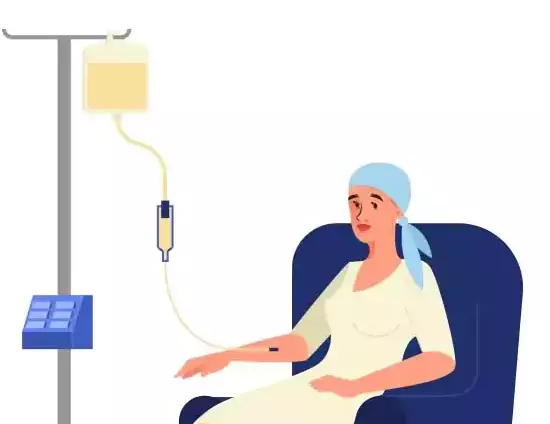


Chemotherapy, commonly known as chemo, utilizes anti-cancer medications administered intravenously or orally. These drugs circulate through the bloodstream, targeting cancer cells throughout the body. In some cases, chemo may also be directly injected into the spinal fluid surrounding the brain and spinal cord.
The decision to undergo chemotherapy for breast cancer depends on various factors, and not all patients will require it. However, there are specific scenarios where chemotherapy may be recommended:
Adjuvant chemotherapy: Adjuvant chemo is administered after surgery to eliminate any residual cancer cells that may be present or have spread undetected. By reducing the risk of cancer recurrence, adjuvant chemotherapy aims to eradicate potential tumor growth in other areas of the body.
Neoadjuvant chemotherapy: Neoadjuvant chemo is given before surgery to shrink the tumor, facilitating less invasive surgical procedures. Additionally, it allows doctors to assess the tumor’s response to chemotherapy. If the initial drugs are ineffective, alternative medications can be prescribed. Neoadjuvant chemotherapy also targets any cancer cells that have spread but remain undetectable.
Post-surgery chemotherapy for residual disease: If tumor cells are still present at the time of surgery (residual disease), additional chemotherapy may be recommended to minimize the risk of cancer recurrence.
Advanced breast cancer treatment: In cases where breast cancer has metastasized beyond the breast and underarm area, chemotherapy may be used as the primary treatment. The duration of treatment varies based on the effectiveness of chemotherapy and individual tolerance levels.
Overall, chemotherapy plays a crucial role in the comprehensive treatment approach for breast cancer, targeting cancer cells and reducing the risk of recurrence or progression.

